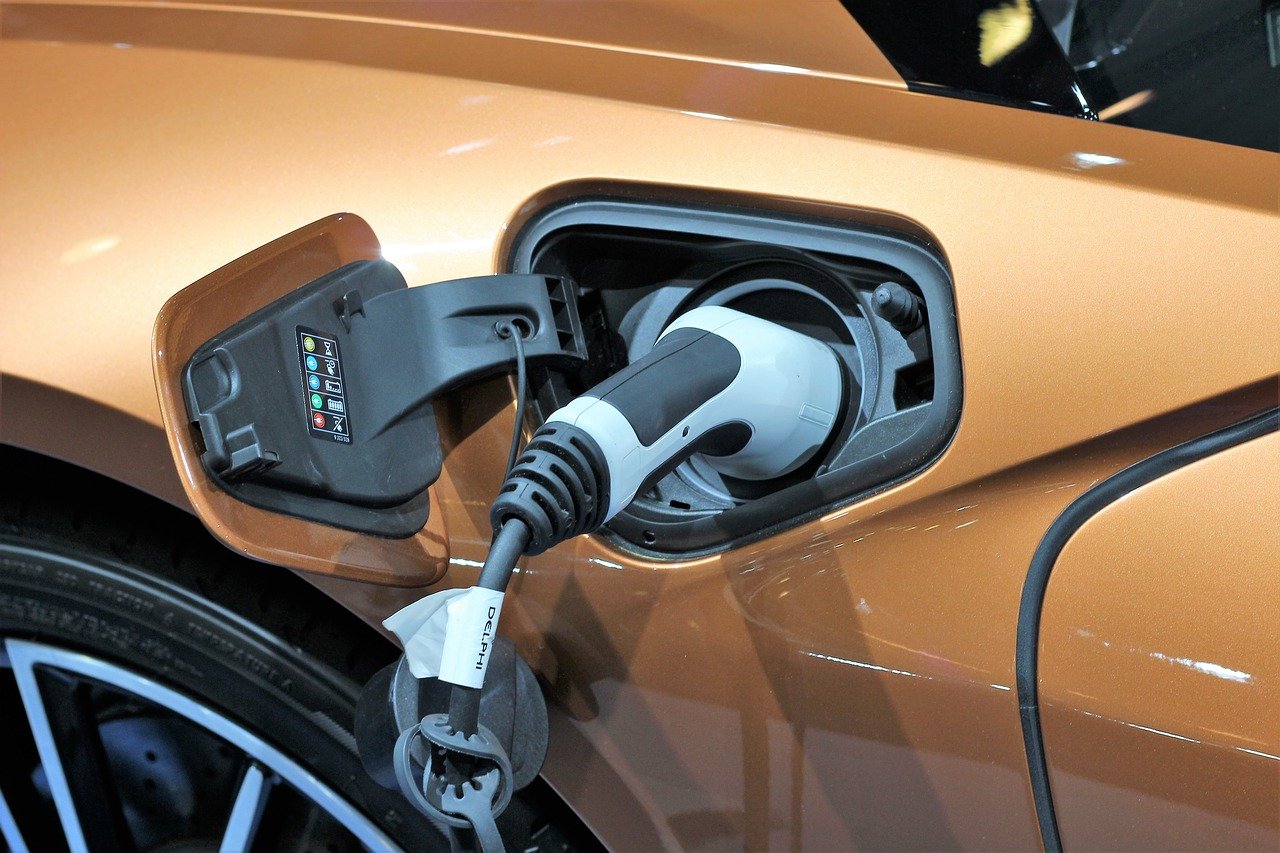You don’t have to look for the nearest station to charge an electric vehicle. An electric car can be called an ordinary household device like a kettle, refrigerator, or washing machine.
It also runs on electricity, but with one important caveat – it needs direct current, an alternating current flows in the usual electrical network of the apartment. The first has higher efficiency. Over time, it does not change either in magnitude or in time.
Since the alternating current is not suitable for electric car engines, it is impossible to charge an electric car from a home outlet without special devices. This problem was quickly resolved. Many popular models now have special chargers – AC to DC converters, such as the Anderson A2 (one of the popular mode 2 chargers).
The higher their power, the faster the battery is saturated with energy. For those who live in private homes, a home charging station is the best option. This is a compact device that allows you to quickly and, most importantly, safely restore the energy resource of a car battery.
Charging Modes
You can charge an electric car anywhere there is a power grid, and this is the undoubted advantage of EVs.
Mode 1
The most common and easiest way to charge an electric vehicle is to charge it from a regular outlet in the garage, country house, or wherever.
All electrical outlets of the European standard are designed for indicators of 220/230 Volts, 16 Amperes, which accordingly allows you to safely connect consumers with a power of up to 3.5 kW.
Charge mode 1 assumes direct charging from AC power without additional protective devices. The time for full charging in this way is 10-12 hours based on the battery capacity of 30-35 kWh.
Mode 2
The mode of charging the electric traction battery of an electric vehicle “Mode 2” is essentially the same as in the first case, but using a charging cable with a special protection unit, which is located on the cable itself.
Please note that such cables with a protection unit are designed for a mains voltage of 220 / 230V ~ for Europe and 110 / 120V ~ for the USA, and if you bought an electric car in the USA with an American charging cable, do not forget to change it to a European one. An example of a charger of this mode is Anderson A2 level.
How to charge an electric car at home?
To recharge the battery, it is not enough to connect it to an electric current source. The main question is how many kilowatts does it take to charge an electric car to be able to connect to a home outlet?
The charger used must have a capacity of 3.6 kW or more. If you look at the chargers of modern electric cars, it turns out that the vast majority of them are suitable for this method of replenishing energy:
- FIAT 500E – 6.6 kW;
- KIA SOUL EV – 6.6 kW;
- E-GOLF – from 3.6 to 7.2 kW;
- BMW I3 – 7.4 kW;
- MERCEDES B-CLASS – 11 kW;
- TESLA S – from 11 kW and above.
Charging an electric car from a home outlet is carried out using a special cable, at one end of which a regular plug is installed, on the other – a plug of a suitable type (European standard – Type 2). Additionally, there must be a block on the cable that protects the circuit from overheating and the occurrence of short circuits in it.



 Bitcoin
Bitcoin  Ethereum
Ethereum  Tether
Tether  XRP
XRP  Solana
Solana  USDC
USDC  TRON
TRON  Lido Staked Ether
Lido Staked Ether  Cardano
Cardano  Avalanche
Avalanche  Toncoin
Toncoin